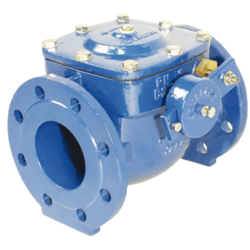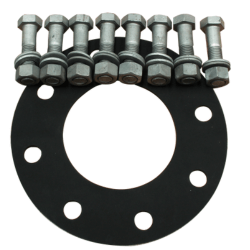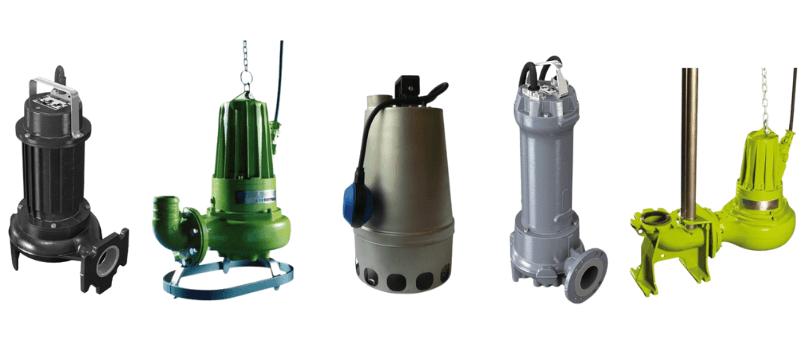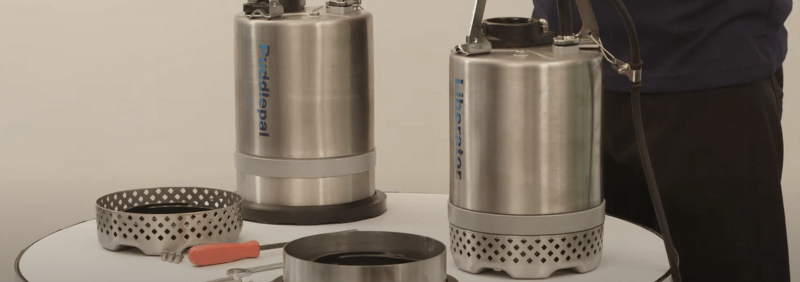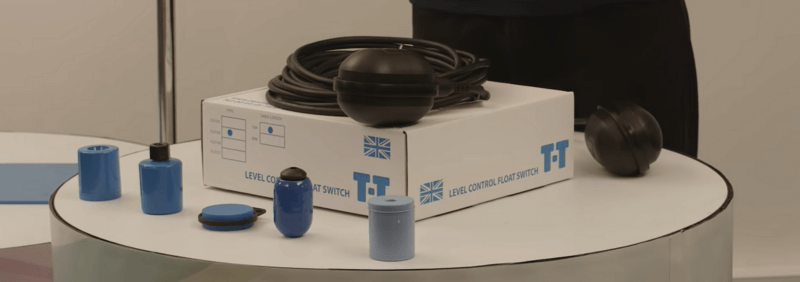How-To: Join Flanged Faces
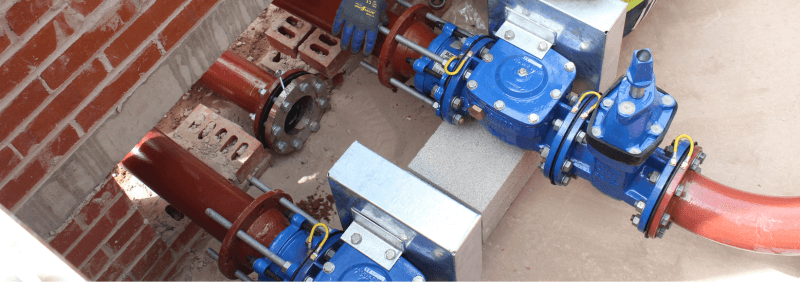
Flanges, bolts and tightening are essential to safe, efficient and reliable operation of your liquid control network - whether it is for potable water delivery, irrigation, waste handling or industrial processes. Our experts in T-T Flow have put together a basic guide that has all the basics you need for suitable jointing in a pipework system.
How to Join Flanged Faces
- Ensure flanges and fasteners are clear and in good working conditions
- Insert bolts 1 to 4 into one flange and position the gaskets on bolts
- Align flanges and support as required
- Offer the adjoining flange to the bolts and hand-tighten nuts
- Insert remaining bolts and hand-tighten nuts
- Determine the required bolt torque
- Using opposite quadrant sequence illustrated tighten as follows*:
- tighten nuts to 30% of estimated torque then,
- tighten nuts to 60% of estimated torque then,
- tighten nuts to 100% of the estimated torque.
- Finally, tighten all nuts with 100% of the required torque in a clockwise direction
*The torque (force) values provided above are based on using a rubber gasket that is 3mm thick and has a hardness of 70 IRHD (International Rubber Hardness Degree).
Flanges - a component that connects pipes, valves, pumps and other equipment to create a whole system. They are protruding rims or collars on pipes, shafts, valves and other hardware that provide a surface for connection to another piece of equipment.
They are designed to allow easy assembly and disassembly for convenience with repairs and maintenance, and are available in a wide range of designs for connecting different components in different applications.
The basics of flanges are male and female. Male flanges have a raised section that precisely fits into the indentation of the female flange for secure and leak-free connection.
Bolting & tightening - this is the process of securing a flange to other pieces of equipment with bolts, nuts and washers.
Safety
BS EN 1092 is a European standard that lays out requirements for flanges, fittings, and their joints. It provides a standardised system for the design and manufacturing of bolts and jointing faces, including testing, quality assurance and construction materials.
Generally, flanges that conform to Table 10 are chosen for applications including pumps, valves and other supporting equipment as they conform to BS EN 1092. Table 10 flanges are also able to handle a maximum working pressure of 16 bar - this is considered a safe and appropriate level for many common applications.
For further advice on flanging and how to safely secure equipment, contact our experts by calling +44 (0)1630 647200, emailing response@ttpumps.com or completing our online enquiry form.
A swing check valve showing a female flange face for connection to another component with a male flange face.
A comprehensive joint set consisting of nuts, washers and an EPDM gasket for reliable joint sealing.

